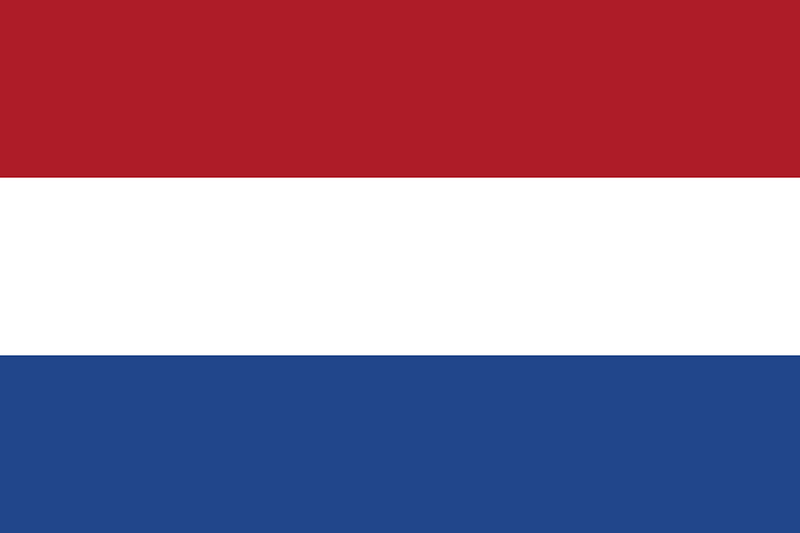This travel wiki page of the Netherlands will help guide travelers with quick and relevant information to consider when planning and visiting the country. It is difficult to find all the relevant information you need on culture, safety, travel restrictions, and things to do, so we summarize it all here. If anything is stale or outdated, please let us know! Let’s dive in and explore more high-level information as a Netherlands trip planner.
Last updated December 5th of 2022.
Table of contents
National Information & Culture
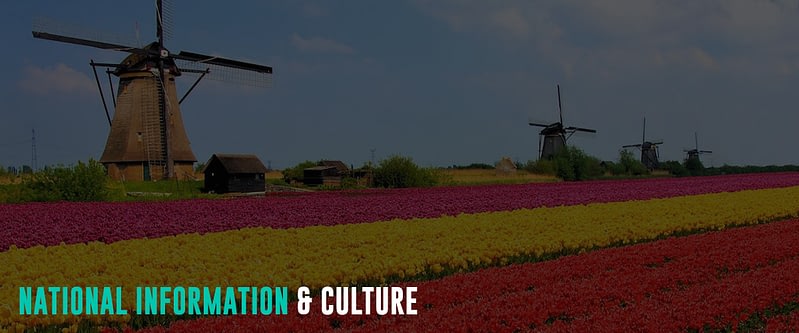
The Kingdom of the Netherlands, commonly known simply as the Netherlands, is a country in northwestern Europe with overseas territories in the Caribbean. The kingdom’s four parts and constituent countries are Aruba, Curaçao, the Netherlands, and Sint Maarten. Although Aruba, Curaçao, and Sint Maarten are autonomous with their parliament, they still depend on the Netherlands for foreign policy and defense.
The Netherlands, which comprises 98% of the total land area and population, administers most of the kingdom’s affairs. It has twelve provinces and borders Germany to the east, Belgium to the south, and the North Sea coastline to the north and west. Amsterdam, Rotterdam, The Hague, and Utrecht are the four largest cities in the Netherlands. Although the Supreme Court, legislative, and cabinet seats are in The Hague, Amsterdam is the nominal capital. The Port of Rotterdam is the busiest seaport in Europe. Like most European countries, the Netherlands uses Euro (€) as the official currency. Moreover, the country is part of the Schengen Area, a founding member of the European Union, Eurozone, G10, NATO, OECD, WTO, and the trilateral Benelux Union.
The Netherlands is a “low-lying” country with flat topography and low elevation. Nearly 26% of the total land area falls below sea level, and only 50% exceeds one meter above sea level. Three major rivers cross the country: the Rhine, the Meuse, and the Scheldt. Dikes, dams, floodgates, drainage, and canals were constructed to manage floods and water surges. Nevertheless, the Netherlands is the world’s second-largest food and agricultural product exporter by value because of its fertile soil, mild climate, intensive agriculture, and inventiveness.
Check the Official Tourism Website of the Netherlands for more tips, information, and hints when planning your trip.
Interesting Facts
The Netherlands has over 4,000 air raid sirens placed around the country, intended to be used in case of a (national) emergency. These sirens are tested every first Monday of the month, so don’t be startled if you hear them.
The Netherlands has fewer than 37,000 kilometers of bicycle pathways, making it one of the most bicycle-friendly countries worldwide.
The Dutch are known for being extremely direct and brutally honest. Therefore, don’t take it personally if you experience it with them, as it’s their culture to speak what’s on their mind without biting their tongue.
The Dutch are among the most liberal people in the world. Prostitution, abortion, and humane euthanasia are legal in the country. Not only that, but the Netherlands was the first country to legalize same-sex marriage in 2001. The Netherlands tops the international rank of press freedom and economic freedom, ranking 12th highest per capita income globally, human development, quality of life, and overall happiness.
Special Travel Considerations

Covid-19 Protocol
As of September 17, 2022, the Netherlands welcomes all tourists to visit the country without restrictions due to Covid-19. Therefore, all travelers to the Netherlands will no longer require a test, proof of recovery, or proof of Covid-19 vaccination. Moreover, the use of face masks is no longer mandatory.
Although restrictions are lifted, it is still best to check the latest Covid-19 policy of the Netherlands when planning your trip.
Travel Insurance
Travel insurance with overseas medical expenses (including Covid-19) and emergency repatriation is notably one requirement when applying for a Schengen visa. While not mandatory for all travelers visiting the Netherlands, getting comprehensive travel insurance every time you travel will be a good investment. Comprehensive travel insurance will protect against illness, injury, theft, and flight cancellations. Furthermore, complete protection can help you in case anything goes wrong.
Visa Information
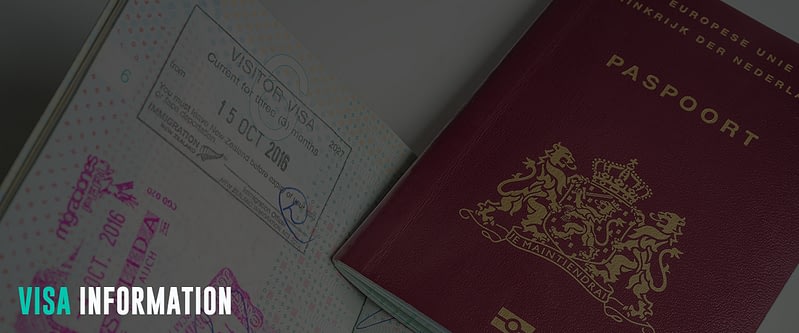
The visa policy of the Caribbean Netherlands differs from the European part of the country, which follows the Schengen visa policy. Hence, whether a tourist needs a visa to the Netherlands depends mainly on their nationality, destination, and length of stay.
The Schengen visa policy applies to the European part of the Netherlands. It means EU nationals are free to enter and move around the country for a maximum of 90 days, while those planning to stay longer must apply for a residence permit. In addition to EU nationals, citizens of 62 other countries are visa-free when visiting the Netherlands and the Schengen area for 90 days within six months. Residents of countries not on the list must check the requirements and eventually apply for the corresponding visa at the nearest Dutch Embassy.
Meanwhile, the visa-free list for the Schengen Area also applies to the Caribbean Netherlands, extended to countries in the Caribbean.
Check the electronic Schengen visa advisor to determine if you need a visa and what visa you need for your travel plans to the Netherlands.
Popular Attractions
Tourists in the Netherlands are stand-amazed with its broad cultural offerings, historic canals and courtyards, and unique ambiance of its towns and cities. This small country has everything close together!
Canals of Amsterdam
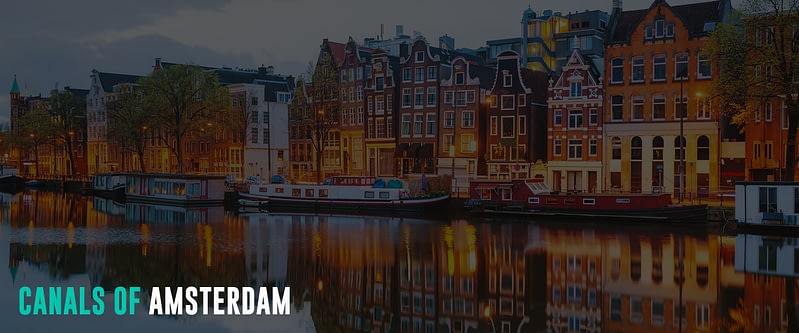
The Canals of Amsterdam play an essential part in the cityscape, and these beautiful waterways are one of the major attractions to tourists. Comprising the Amsterdam Canal District are Singel, Herengracht, Prinsengracht, and Keizersgracht. Many canals are from the 17th century during the Dutch Golden Age and are part of the UNESCO World Heritage List 2010. Over 100 km (60 miles) of canals and 1,500 bridges exist today. Alongside the primary channels are monumental buildings and architectures.
Other photo-worthy areas are the neighborhood of Grachtengordel, Dam Square, Royal Palace (Koninklijk Palace), New Church (Nieuwe Kerk), and the National Memorial Statue (the most critical war memorial).
Keukenhof Gardens
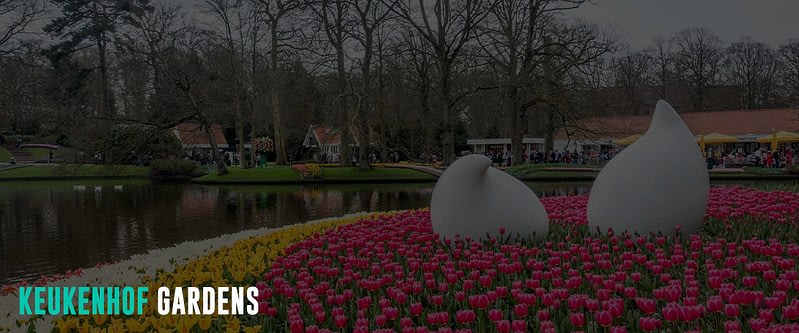
Keukenhof Gardens is the world’s most extensive flower garden. It is famously known as the ‘Garden of Europe’ and showcases the Dutch flower industry, with over seven million flower bulbs planted annually. It includes 700 varieties of tulips, hyacinths, daffodils, and other spring flowers. The famous garden of Keukenhof is less than an hour’s drive from Amsterdam, with blossoms at their peak from the last week in March to mid-May.
Rijksmuseum
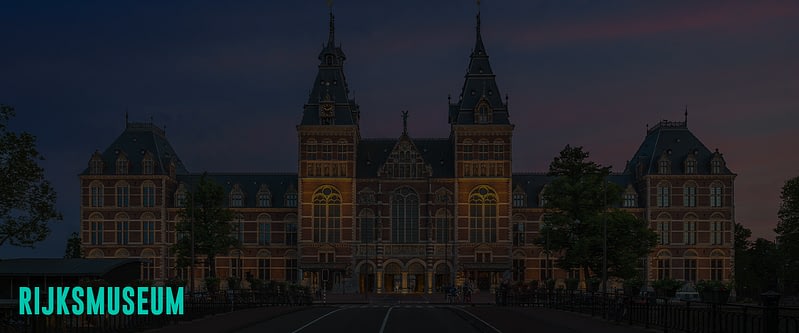
The Rijksmuseum, or the National Museum, is the Netherlands’ most significant and prestigious museum for art and history. It has an extensive collection of paintings from the Dutch Golden Age, including works by Vermeer and Rembrandt, and is strategically located in Amsterdam’s Museumplein (Museum Square). Today, its vast array is nearly seven million, including 5,000 paintings and an extensive library of 35,000 books. Visitors will also see the rich traditional Dutch handicrafts, medieval sculptures, and modern art in the Rijksmuseum.
Van Gogh Museum, Amsterdam
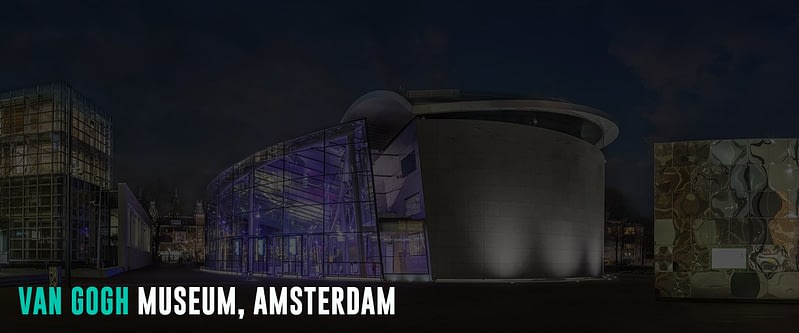
The Van Gogh Museum is home to the world’s most extensive painting collection of Vincent Van Gogh, the world’s greatest artist. It showcases more than 200 paintings, 500 drawings, and 700 letters in its vast collection, many from donations by the artist’s family. The museum attracts almost 1.5 million visitors annually, making it one of the top art museums worldwide.
Also on display are works by his contemporaries. Another highlight in the museum is the ‘Meet Vincent Van Gogh Experience,’ a fascinating, high-tech, interactive look at the artist’s work of art, life, and times.
De Hoge Veluwe National Park
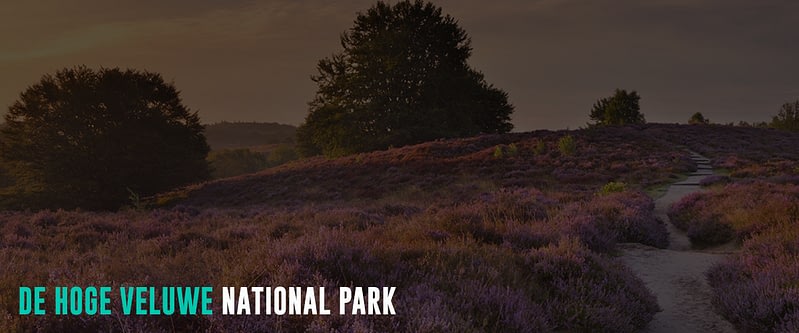
One of the popular day trip destinations in the Netherlands is the Hoge Veluwe National Park. It covers 13,800 acres and is the largest continuous nature reserve in the Netherlands. The Hoge Veluwe National Park comprises heathlands, dunes, woodlands, and a sculpture park. Today, the park is home to red and roe deer and a popular place for bird-watching, hiking, and biking. The use of bikes is free for visitors.
Inside the national park area is the Kröller-Müller Museum (Rijksmuseum Kröller-Müller). It houses the world’s second-largest art collection by Vincent Van Gogh. The collections include Impressionist and Expressionist paintings by Cézanne, Manet, Monet, and Renoir. Outdoors, one of Europe’s most extensive sculpture gardens, shows works by Rodin, Hepworth, Dubuffet, and others.
The Windmills of Kinderdijk
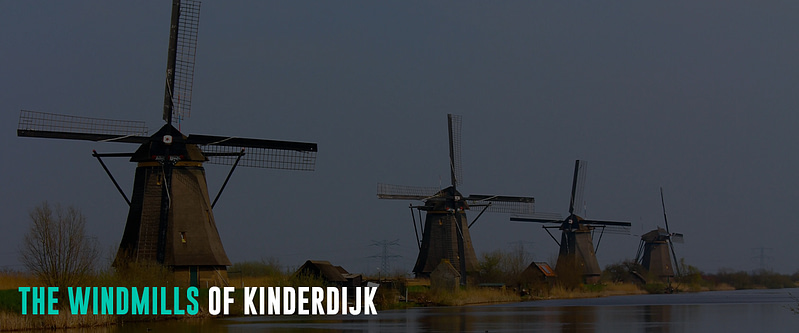
The Windmills of Kinderdijk is a popular tourist attraction in the Netherlands, comprising 19 monumental windmills. The stone windmills date back to 1738, while the wooden mills in 1740. There are more than 1000 old windmills in the Netherlands, with the largest concentration at the village of Kinderdijk (Children’s Dike). Since 1993, the entire location has been a protected area and eventually a UNESCO World Heritage Site in 1997.
Originally used to drain the excess water from the polders, the windmills look awe-inspiring when the 92-foot sails are set in motion. These majestic structures are open to the public from April to October and make a fun excursion for travelers.
Anne Frank House, Amsterdam
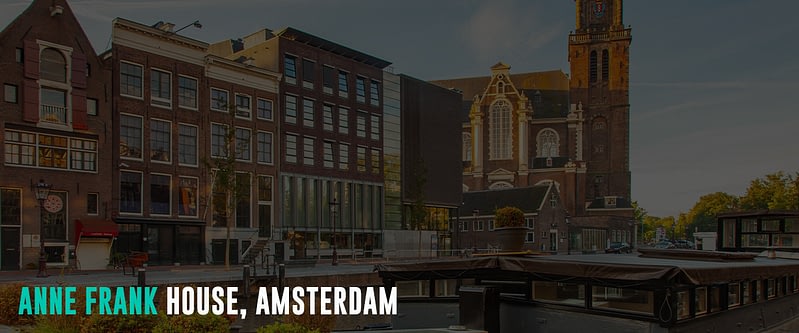
Another must-see attraction when in Amsterdam is the Anne Frank House on Prinsengracht. It is a writer’s house and biographical museum in dedication to Anne Frank, a wartime diarist during World War II. Anne hid from Nazi persecution in rooms in the rear of the 17th-century canal house with her family and four other people. It is where she wrote her famous diary, which was later published in 1947. Although she died two months before WWII ended, her legacy continues to live through her words. Today, her book has been translated into 51 languages, with the original diary on display at the Anne Frank House. Being the third most visited museum in the Netherlands, the tickets to this attraction sell out fast. Hence, it is best to book your tickets early.
Delta Project

The Delta Project, or the Delta Works, is a series of construction projects in the southwest Netherlands to protect a large area of land around the Rhine–Meuse–Scheldt delta from the sea. Between 1950 and 1997, dams, sluices, locks, dikes, and storm surge barriers were constructed. The Delta Project is a hi-tech dam that can control the volume of water entering the key estuaries from the sea.
This awe-inspiring $13 billion project has been declared one of the Seven Wonders of the Modern World by the American Society of Civil Engineers.
De Haar Castle
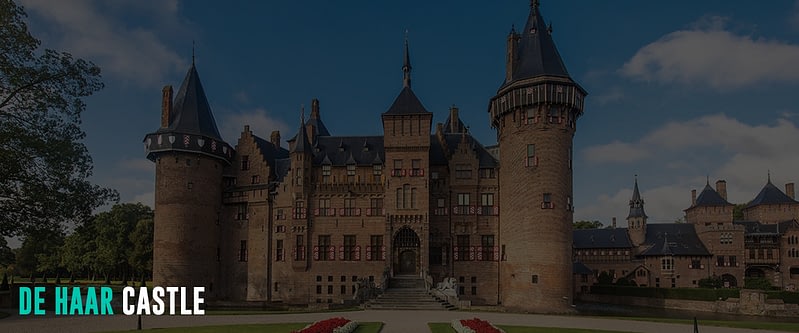
The De Haar Castle in the old city of Utrecht is the largest castle and fortification in the Netherlands, sitting in a 250-acre park. Highlights of the castle are the impressive antique collections, furniture, paintings, and tapestries. But what draws the crowd is the fairy-take look of the structure and the gardens.
The oldest historical record of the original castle dates back to early 1391, while the structure today dates from 1892.
Oude Haven, Rotterdam
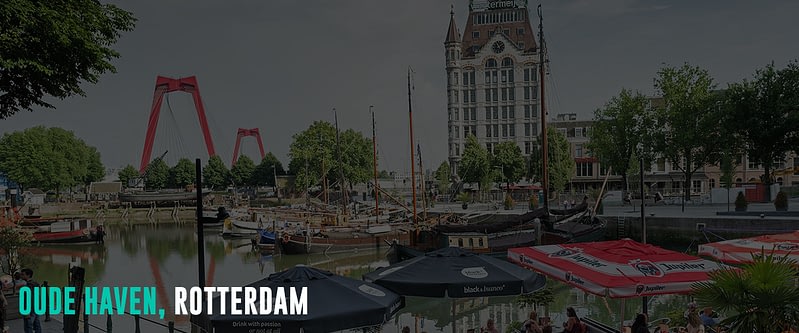
The Oude Haven is one of the oldest ports and a popular attraction in Rotterdam. This well-preserved old harbor has a rich maritime history due to its strategic location on the Nieuwe Maas, an arm of the Rhine River, and its proximity to the English Channel.
Oude Haven is ideal for sightseeing and walking tours. Visitors will see the Maritime Museum with displays of 850,000 objects from the six centuries of maritime history. Next to the Maritime Museum is the open-air Maritime Museum Harbor, with an exceptional collection of historic vessels and cranes in working condition. Tourists can enter most of the ships, and in the summer, the museum organizes cruises through the city of Rotterdam with these ships.
Primary Spoken Language(s)
Dutch is the official language in the Netherlands, with Frisian as the second language in the province of Friesland. Besides the officially recognized languages, the country has two other regional languages recognized by the European Charter for Regional or Minority Languages. First is the Low Saxon, also composed of several dialects, like Tweanths in the region of Twente and Drents in the province of Drenthe. The second recognized regional language is Limburgish consisting of the Dutch varieties of Meuse-Rhenish Franconian languages in Limburg province. But generally, the majority of the population in the Netherlands speaks Brabantian-Hollandic dialects.
Travelers in the Netherlands will not have a problem conversing as 90% of the population speaks English.
Safety Concerns
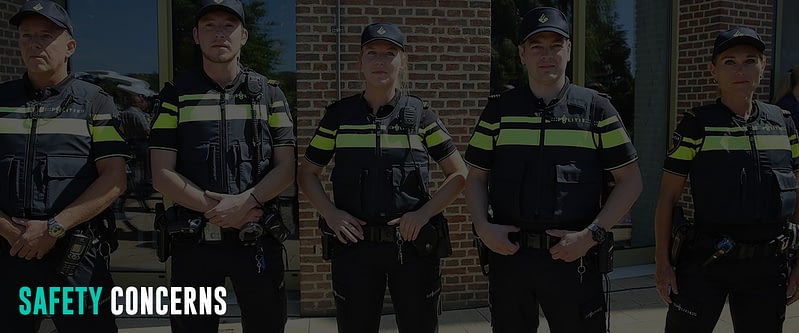
It is generally safe for travelers to visit the Netherlands. It ranks as the 21st safest country in the world according to the 2022 Global Peace Index.
Like the neighboring European countries, the Netherlands has a history of terrorist threats. Luckily, the Netherlands has not been subjected to significant attacks.
Crimes rates are meager compared to other southern European countries, although pickpockets may sometimes be an issue at crowded events and urban areas of cities, especially Amsterdam. But if tourists take precautions, it can be easily avoided. Make sure to keep bags and belongings close at all times.
Bike theft is one of the most frequent crimes in Amsterdam. Hence, if travelers rent a bicycle, always use two different locks and attach them to a pole or bike rack.
Possessing under 5 grams of cannabis is tolerated throughout the country, and people can buy it in coffee shops for customers over 18 years. However, it’s important to note that it’s not legal but decriminalized. So as long as travelers stick to the rules, they will be fine. Note that hard drugs are still strictly prohibited.
When an emergency happens, dial the country’s hotline number 112 for free. It will connect callers to the police, fire department, or ambulance.
Natural disasters in the Netherlands
A considerable portion of the country is below sea level. Hence, the Netherlands is vulnerable to rising sea levels and possible flooding. But thankfully, they have one of the best water management systems in the world. It includes dikes, dams, canals, and Delta Works. Because of this, the actual risk of flooding is low.
Cyanobacteria
Plenty of lakes, ponds, and canals allow people to sail, swim, play, and enjoy water sports in the Netherlands. But when the weather heats up, cyanobacteria can rapidly increase in natural and still waters (salt, brackish or fresh). Cyanobacteria are toxic and can cause skin irritations and stomach and intestinal problems. Hence, it is unwise to go swimming when they are detected in the water.
The Zwemwater.nl website provides water quality for swimming locations and is worth checking. Also, watch out for any warning signs posted near the water. Finally, do not drink natural water, nor swim in water that smells bad.
Budget Considerations
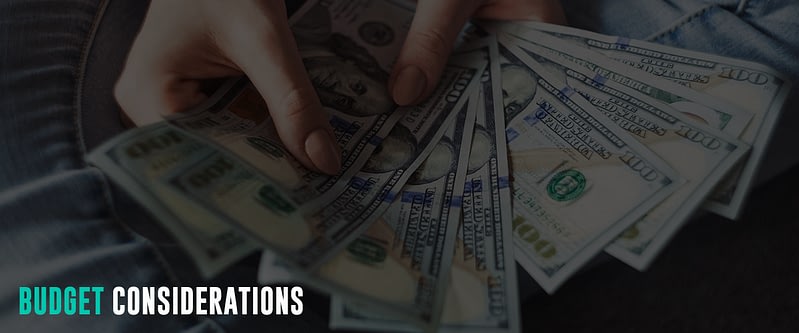
Traveling in the Netherlands is neither super expensive nor cheap.
A dorm bed in a hostel typically costs between $15-35 per night, while a private room in a budget hotel starts at $60. In addition, most hostels have self-catering facilities and standard free WiFi. On the other hand, an average three-star hotel with a complimentary breakfast starts at $85. Another option is staying in Airbnb, with private rooms averaging around $55, while an entire apartment or home costs around $90.
Budget meals at fast food cost around $11-15, and Chinese foods. A regular restaurant meal costs $20-30, including the main dish and a drink. To save, visitors traveling on a budget can cook their meals and expect to pay around $70 per week for groceries. It can include basic staples like rice, meat, pasta, and seasonal fruits and vegetables.
Another thing that takes a portion of a traveler’s budget is the costs of activities. Entrance fees to museums are mostly around $15-20, while some churches are free and others cost up to $15. Hiring a boat for a canal tour usually costs $25, while a harbor tour in Rotterdam costs $16.
Public transportation costs in the Netherlands are reasonable, with bike rental rates starting at $10 per day. Consider purchasing the I Amsterdam City or Regional Card to save on public transportation and entrance to museums and attractions.
Average Two Weeks Cost
Considering the cost of accommodation, food, transportation, and attractions, backpackers can expect to spend $65 daily and $910 for two weeks. It means staying in a hostel dorm bed, cooking their food, traveling on public transportation, and mostly doing free activities.
Mid-range travelers can allocate $160 daily or $2240 for two weeks. This budget can include staying in an average hotel with a complimentary breakfast or an Airbnb. They can also dine out in fast foods and other cheap eats, rent a bike or occasional taxi, and do more paid activities and museum tours.
The budget limitations do not stop there. Luxury accommodations and private tours are also available for tourists who want to explore the Netherlands in grandeur.
Customs And Import Restrictions
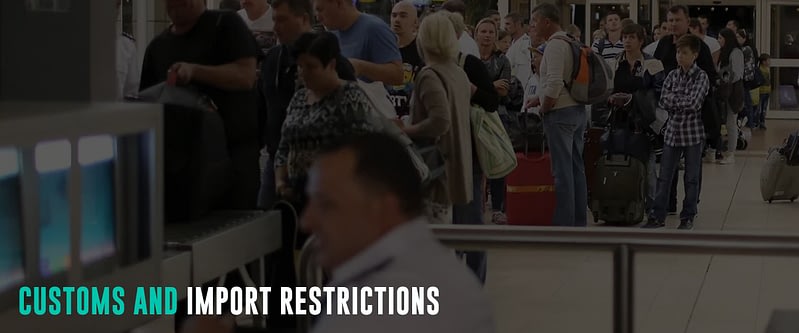
Like the other EU member states, the Netherlands has various security regulations on customs and importations. For example, the Netherlands restricts entry of counterfeit products, cash of more than €10,000, animal products and foodstuff, plants, flowers, fruit and vegetables, medicines, and cultural items. In addition, they prohibit goods like endangered flora and fauna, ammunition, dummy weapons and explosives, and narcotics.
EU nationals can bring more tax-free goods like alcohol and cigarettes than non-EU residents. For example, they can bring 110L of beer, 90L of wine (maximum 60L for sparkling), 20L of fortified wine, 10L of spirit (cognac, whiskey, gin), 800 cigarettes, 400 cigarillos, 200 cigars, and 1 kg of tobacco.
On the other hand, non-EU nationals can bring duty-free items with a maximum value of €430 or its equivalent. For alcohol products, they can carry 1 liter of spirit or 2 liters of wine, or 16 liters of beer, tax-free. In addition, 200 cigarettes or 250 grams of tobacco, or 50 cigars are also duty-free.
Check the Customs Administration of the Netherlands portal for the customs and import restrictions list.
Climate Considerations

The Netherlands is a small country with diverse weather conditions in each province. The coastal regions experience more sunshine with a moderate marine climate, with more sun, particularly in Zeeland and upper North Holland and on the Wadden Islands. Meanwhile, the inland regions can expect more extreme weather.
Summer from June to July has an average temperature exceeding 20-25 °C, with a decent amount of sun. The temperature in spring (March to May) and autumn (September to November) generally range between 10 – 20 °C. However, it can be warm on a sunny day. The temperature during the winter months from December to February often falls below freezing at night, with daytime temperatures not exceeding ten °C.
Whatever season travelers choose to visit Holland, there may always be rain. Hence, it is worth checking the sites like Buienradar or KNMI for up-to-date weather reports.
Climate Change
The Netherlands is geographically flat and very low relative to the sea level. Around 26% of its total land area and 21% of the population is below sea level, and only 50% of the land area is one meter above sea level. Hence, the Netherlands is vulnerable to sea level rise, and climate change is already affecting the country. The average temperature has increased by around two °C from 1906 to 2017, resulting in frequent droughts and heatwaves.
Having the 4th most significant CO2 emissions per capita of the European Union, the Dutch government has set goals to lower emissions in the next few decades. CO2 emissions have already been reduced by 15% at the end of 2018, with the ultimate goal of a 49% reduction by 2030.
Primary Transportation Options

The Netherlands is a small and densely populated country with an excellent public transport system. Wherever in the country travelers want to go, they can get there quickly and in comfort by train, bus, tram, or ferry. A handy site to help travelers get around the Netherlands by public transportation is 9292.nl, also available in Android and iOS apps. Travelers only need to fill in their starting, ending, and departure times, and the site will give them a complete schedule, including transportation mode(s).
To access and ride public transportation, passengers must have an OV-chipkaart, which they can load with money to pay the fares. The OV-chipkaart can be used for travel by bus, train, metro, OV-fiets, and ferry. Also, the special offer of one to seven-day tickets for tourists is a perfect way to travel throughout Amsterdam, Rotterdam, and a few others without limitations.
Air
The largest and busiest airport in the Netherlands is Amsterdam Airport Schiphol, the third largest in Europe. Other smaller airports with international flights service are Eindhoven Airport, Rotterdam, The Hague Airport (formerly known as Zestienhoven), Maastricht Aachen Airport, and Groningen Airport Eelde. A total of 18 airports serve the country for domestic and international flights.
Train
All the provinces and cities in the Netherlands are accessible by train, with the farthest destinations reachable within two hours from Amsterdam. Inter-city train tickets are also economical. For example, traveling from Amsterdam to Rotterdam takes only 40 minutes at $11.50 (€11) while 50 minutes to The Hague Central Station at $11.50 (€11).
The national rail system is Nederlandse Spoorwegen. They have modern trains with spacious and comfortable seats. The cars are mostly equipped with WiFi, and a digital display shows news, route, and train schedule. The newest trains also have USB outlets where passengers can charge. Travelers can choose between express or local trains wherever they go. Hi-speed trains and night trains are also available in the country.
Bus, Tram, and Metro
Buses, trams, and metros are another affordable way to get around the Netherlands, although they aren’t as fast or efficient as the train. In addition, there are extensive city and regional bus lines. While there are varying bus companies per region, the connections are generally excellent.
The tram is a perfect means of transport in big cities in the Netherlands. It is easy to get on and off and takes passengers to their destination quickly and affordably. For instance, the ride from The Hague Central Station to Scheveningen Boulevard takes just 15 minutes.
In Amsterdam tram line 2, travelers can do sightseeing at countless attractions for only $3.50 (€3.20). First, it passes through Museumplein, the Stedelijk Museum, the Van Gogh Museum, and the Rijksmuseum. Next is the Leidseplein, passing through the dam and unique canal belt en route to the center of Amsterdam and the Paleis op de Dam (Royal Palace).
In addition to trams and buses, a metro service is available in Amsterdam and Rotterdam. They are generally faster than trams and are usually affordable. For instance, the metro takes passengers from Duivendrecht railway station to the center of Amsterdam within minutes. In Rotterdam, tourists can travel to Blijdorp Zoo or the port of Rotterdam.
Taxi
Taxis are another reliable public transportation option in the Netherlands. They are suitable for group travel of two to four persons. The starting rate is $8 (€7.50) for the first 2 kilometers, with an add-on rate of up to $2.30 (€2.20) per kilometer. Ensure the meter starts upon taxi ride, and use only authorized taxis with blue number plates.
Aside from regular taxis, there are also taxi buses that can carry five to eight passengers in the Netherlands. The maximum start rate is $12.75 (€12.20), which includes the first two kilometers, plus around $2.60 (€2.50) per additional kilometer.
Car
The road network in the Netherlands is extensive and well-maintained, with clear road signs for safe driving. The country is just tiny, and the travel distance is relatively short. Travelers who wish to rent a car can choose from many local and international agencies. Tourists can even get into their car rental immediately after arriving at Amsterdam Airport Schiphol. The car rental rate starts at $31; they drive on the right side.
Bicycle
Cycling in the Netherlands is safe with its flat landscape, short distances, mild climate, and excellent infrastructure pathways. Biking is so famous, making the Netherlands an ultimate cycling country! Travelers can rent a bicycle for around $10 per day and get around with the country’s more than 32,000 km of bike paths stretching out in all directions. On top of that, they have an excellent cycling junction network and long-distance LF Routes with user-friendly signage for cyclists. Bicycles are available for rent in many places, such as the vicinity of large train stations, city centers, and accommodations.
Ferry, Waterbus, and Water Taxi
Public transport by water is an essential feature in the Netherlands. Various ferry services take travelers to major destinations in the country, such as the Kinderdijk windmills and the EYE Film Museum in Amsterdam. Please note that the ferries in Amsterdam are free.
The Waterbus is another quick public transport by water, particularly between Rotterdam and Dordrecht. It is a paid service where passengers can bring their bicycles for free.
Water taxis are a quick and out-of-the-ordinary way to explore the cities of Rotterdam and Amsterdam. In Rotterdam, the Watertaxi Rotterdam has about 50 stops in the city and the surrounding area, offering a fantastic way to experience the town. However, fares depend on the group size and distance. Hence, inquire beforehand. Meanwhile, in Amsterdam, passengers can board water taxis in several locations. Their central station is at the VVV tourist office on Stationsplein Square at Amsterdam Central Station. The tourist office can provide travelers with more information about the service schedule and rates.
Start Trip Planning
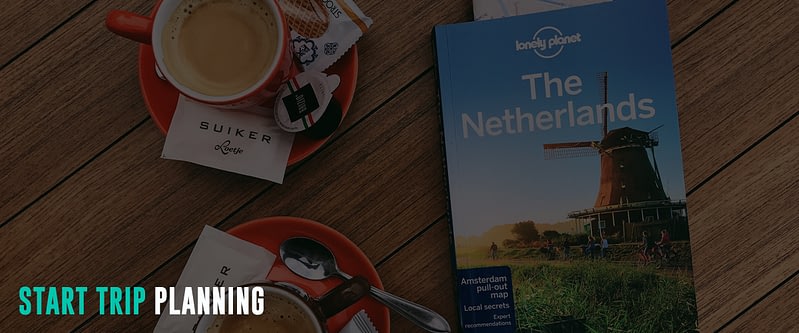
Travel-Wise is made from the ground up to help people travel more, break down the barriers that make it tough to get going, and start your journey as painlessly as possible. Bookmark our other Country Guides to help kick-start your research for future travels. We also offer templated itineraries from our staff and community that help serve as a building block for your trip plans. Alternatively, we also utilize AI to offer a way to generate itinerary ideas. This saves much time just getting you up and running with a template. From there, you can use the trip planner to create your customized itinerary, invite friends and family for collaboration, find others from Travel-Wise to join the trip, book and track important information, journal, and share your experiences at the end or along the way!

